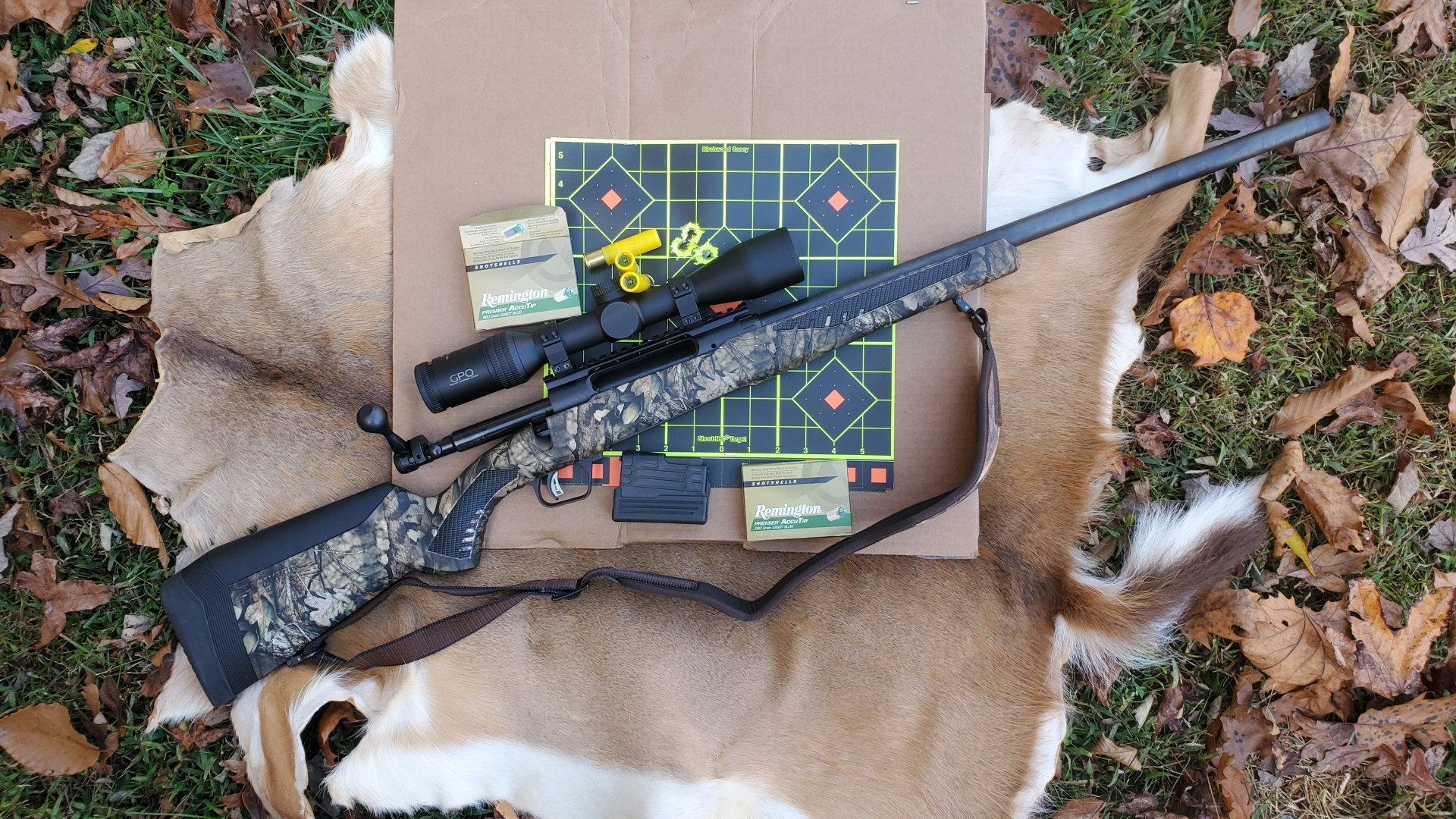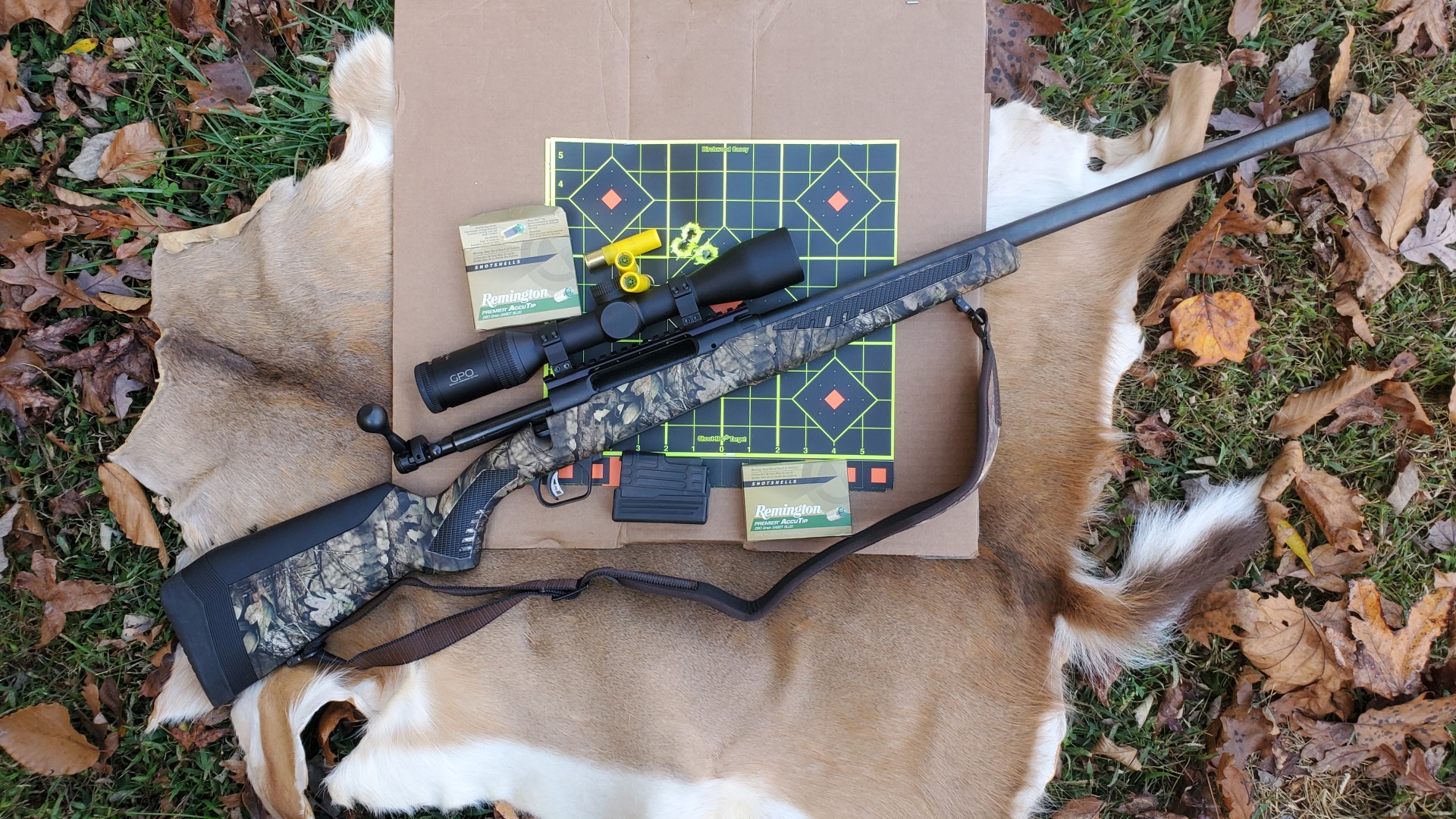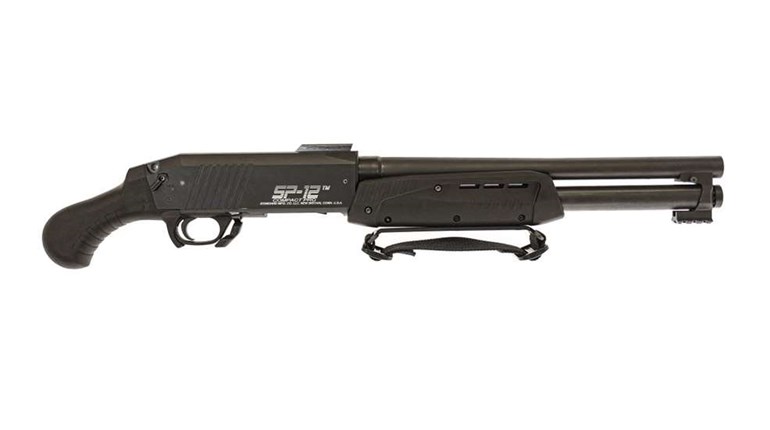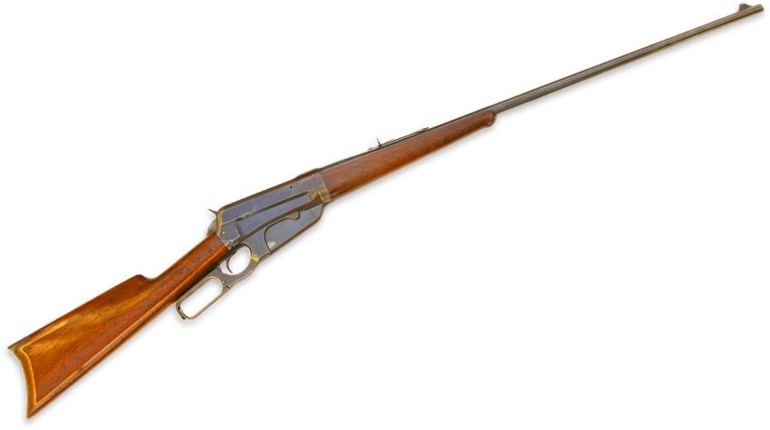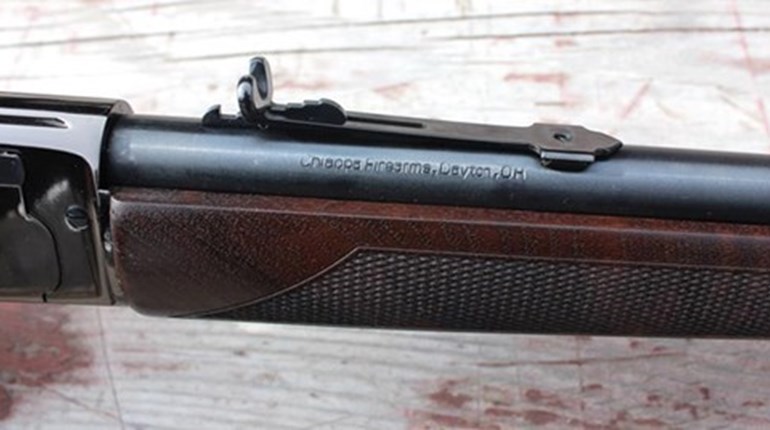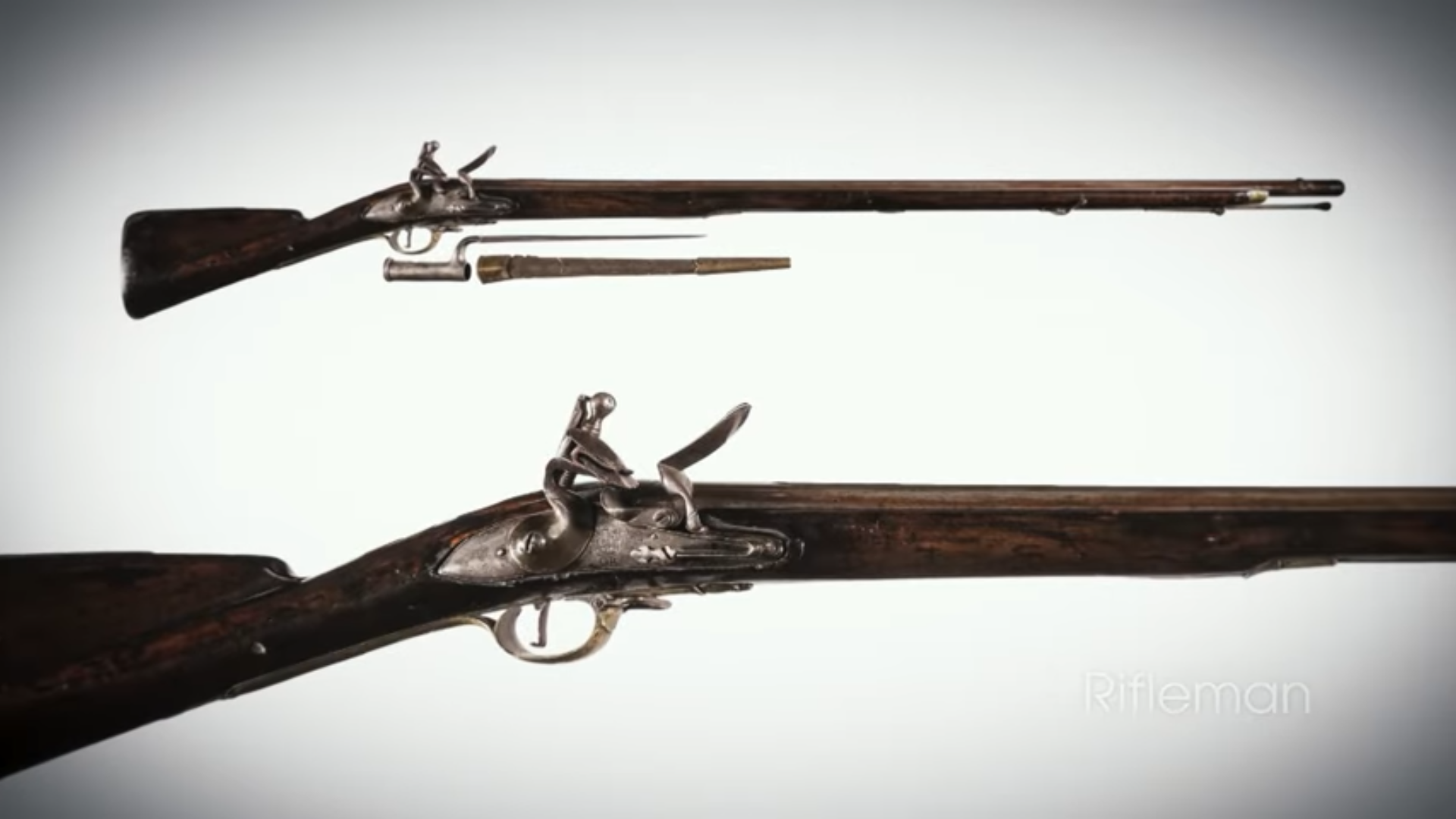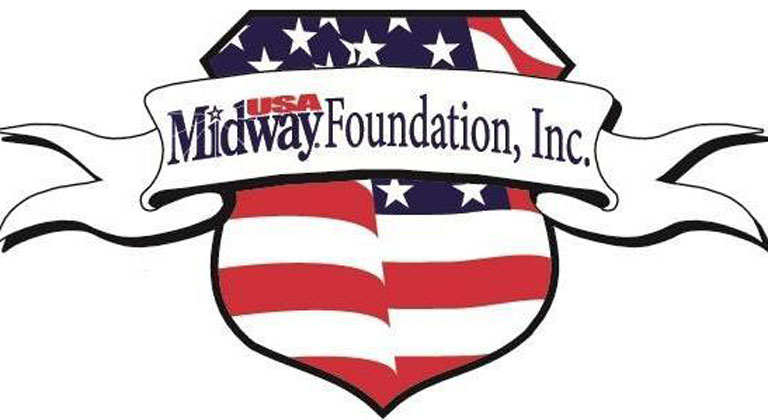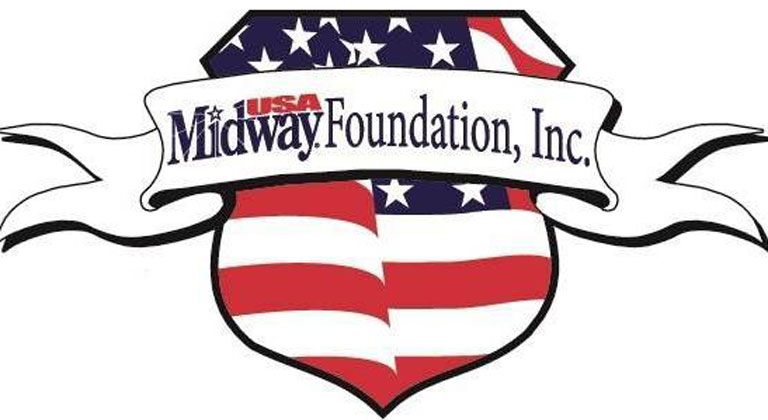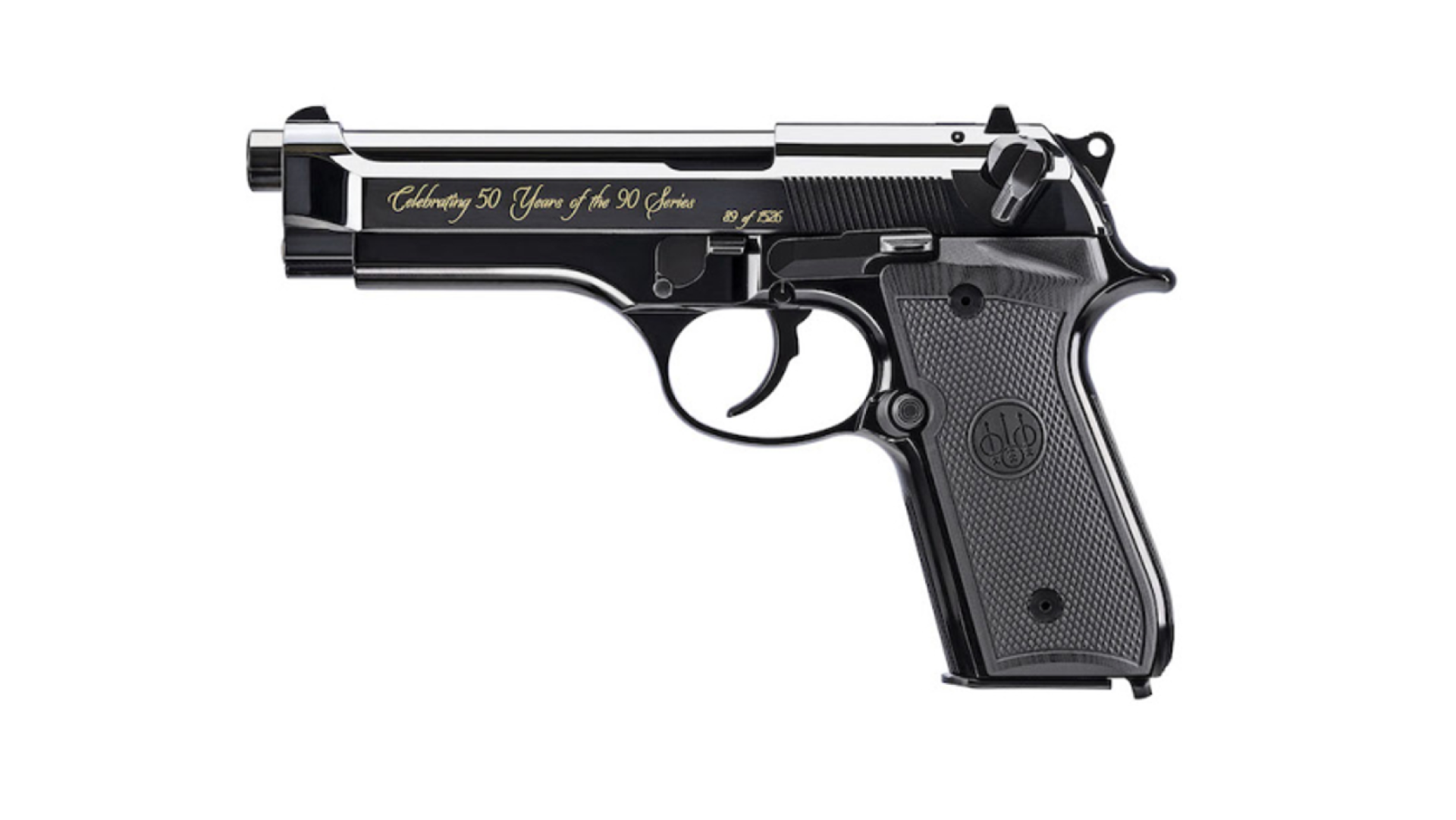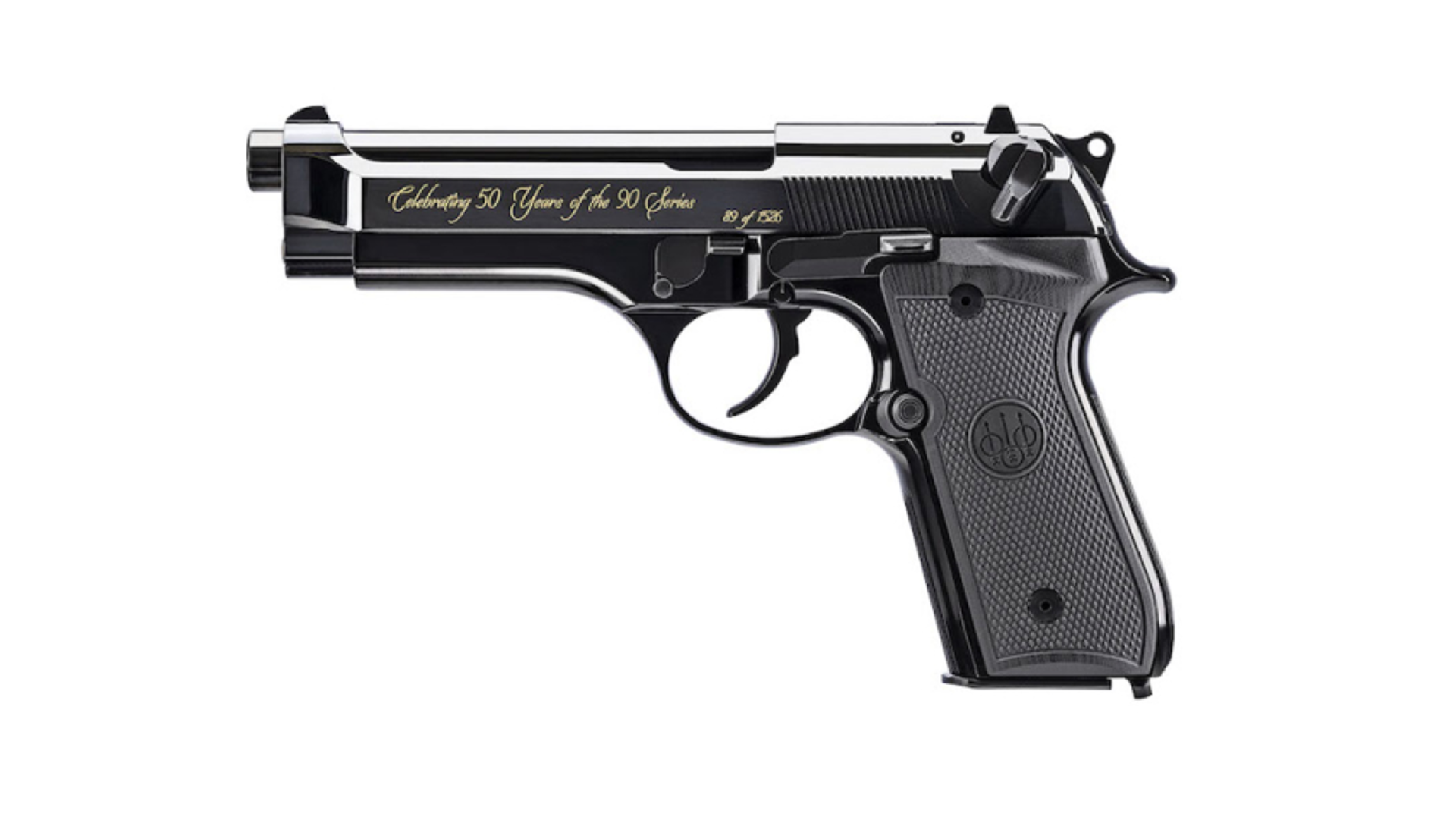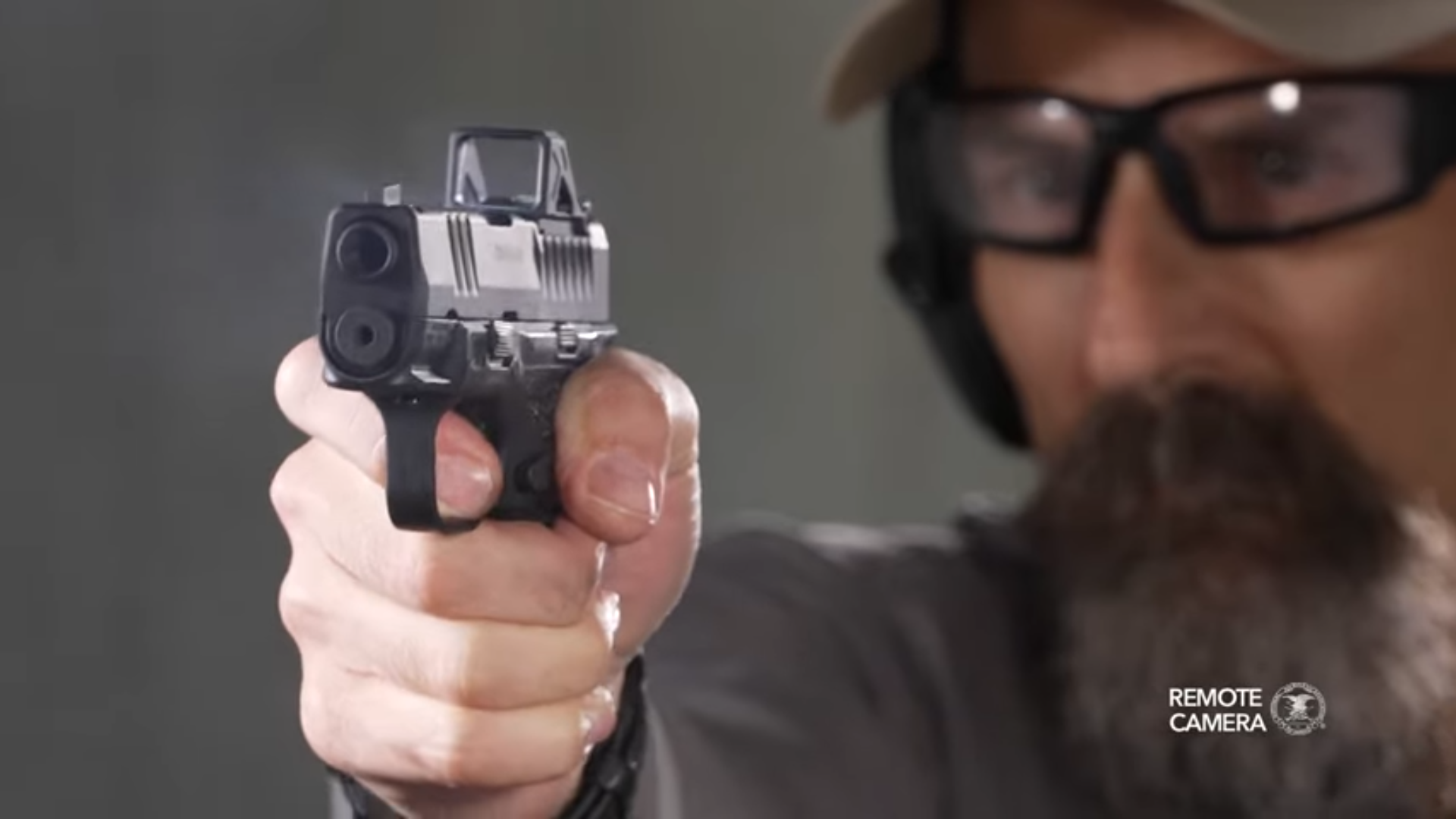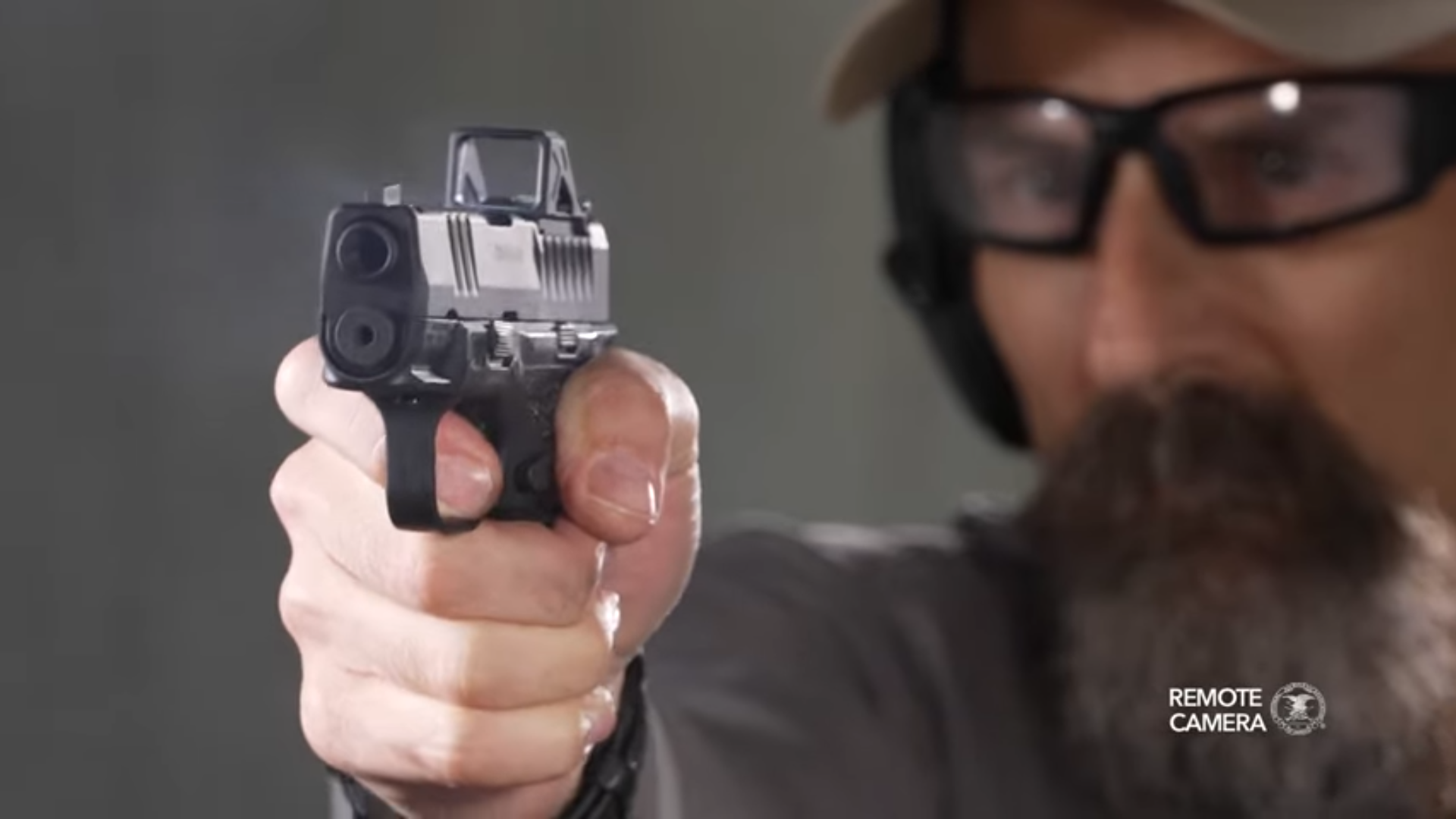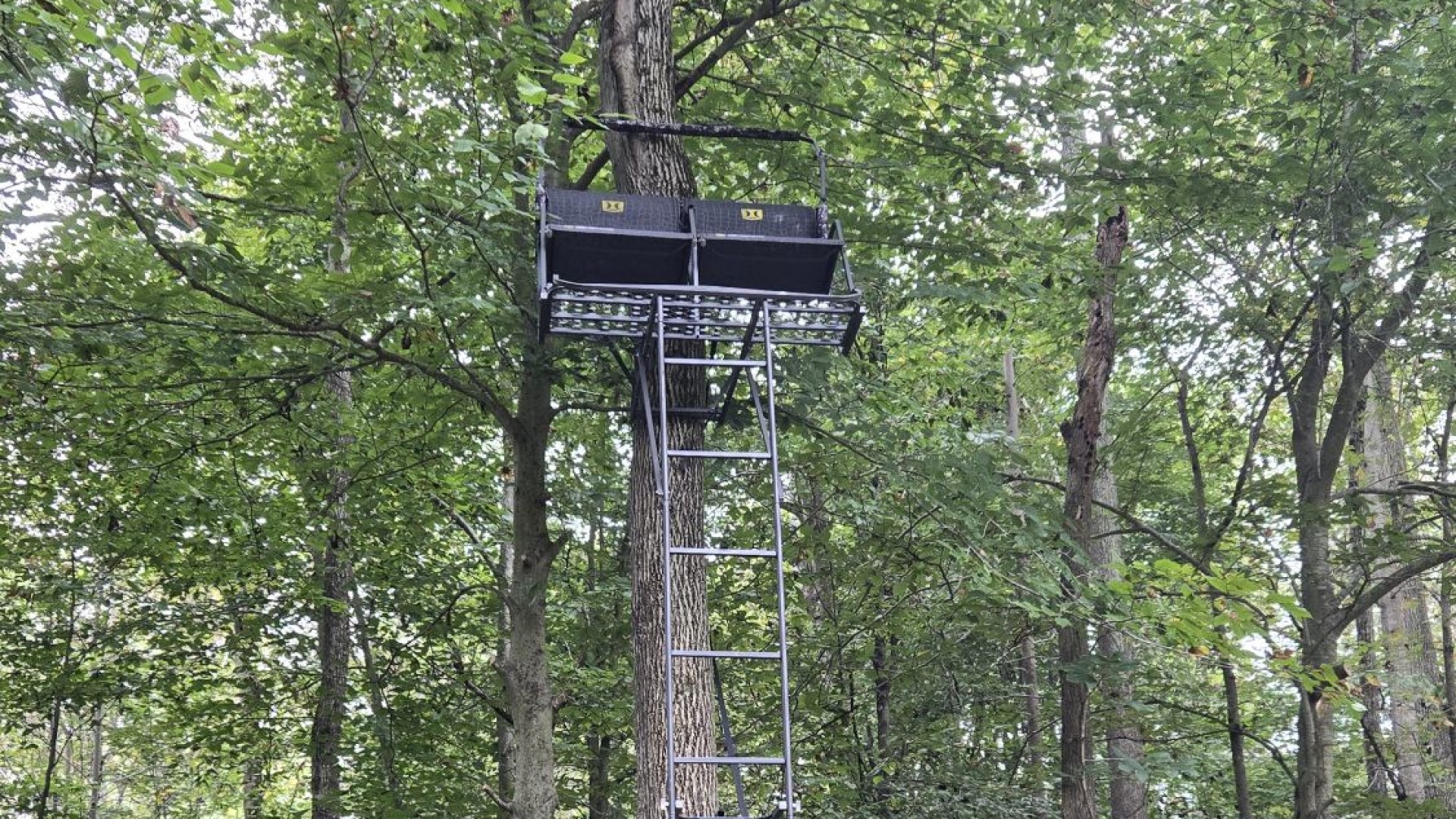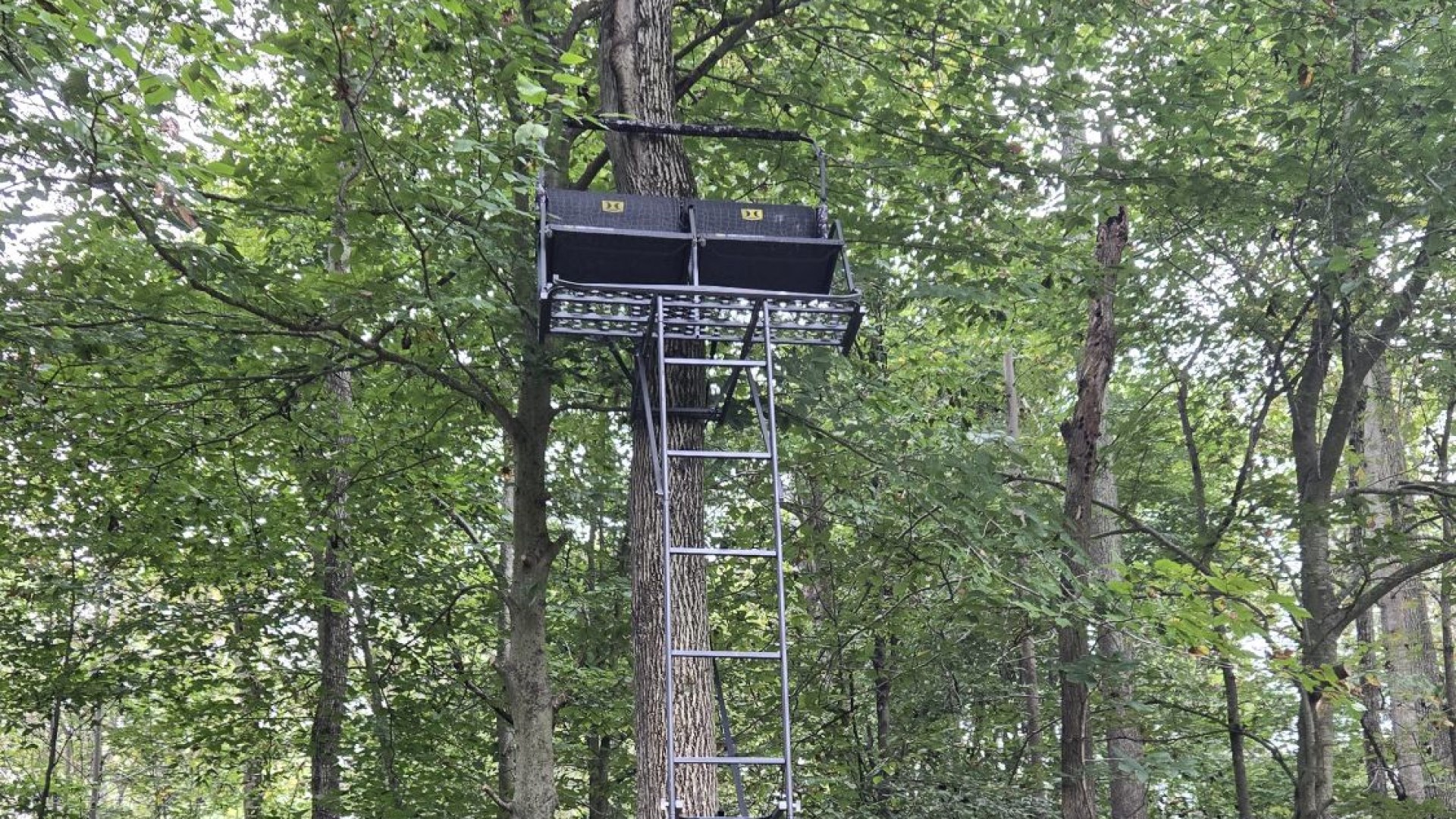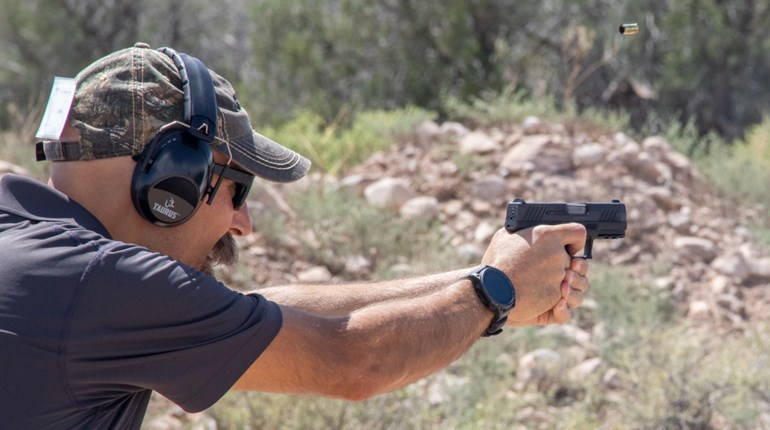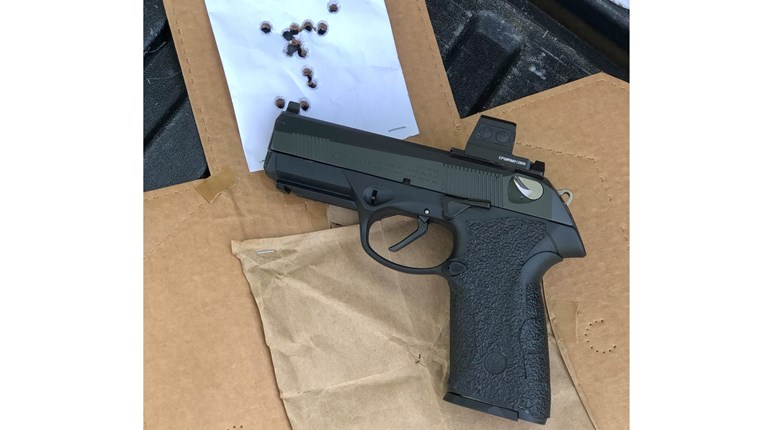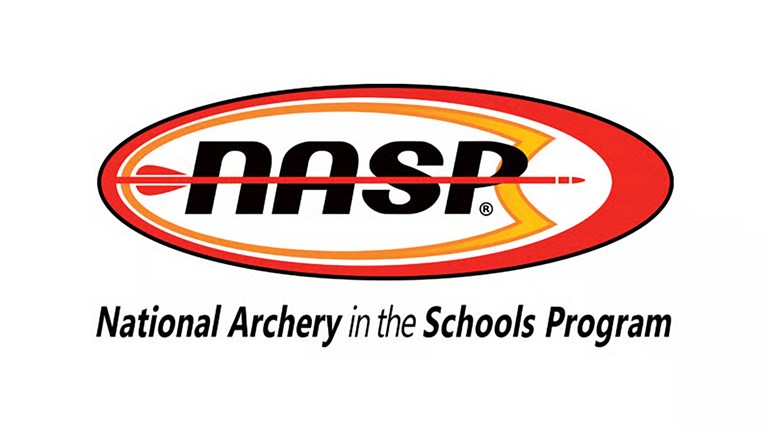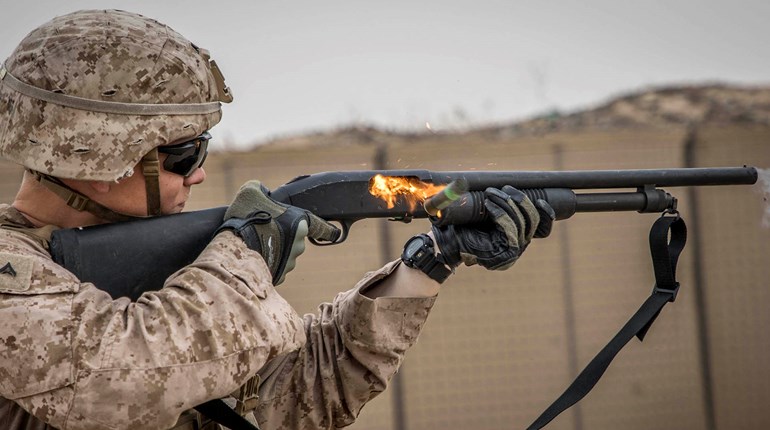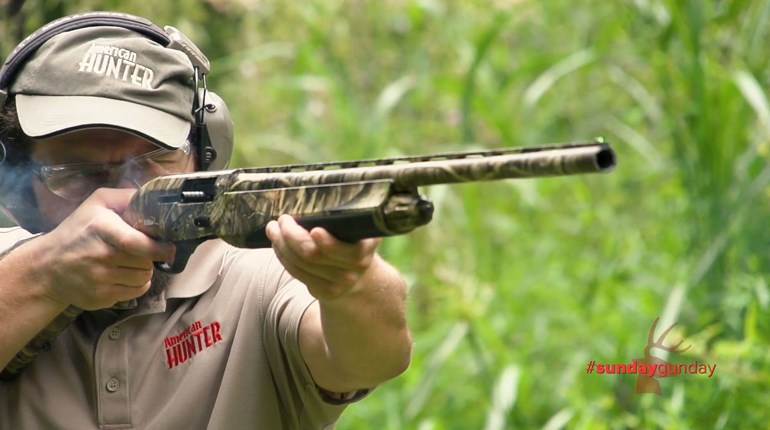** When you buy products through the links on our site, we may earn a commission that supports NRA's mission to protect, preserve and defend the Second Amendment. **

The bolt-action is the quintessential rifle action for military, hunting and target-shooting applications. Many shooters believe turnbolt-action rifle design reached its zenith in Paul Mauser's classic Model 98.
Action Lengths
Bolt-actions come in four basic lengths: miniature, short, long and magnum. The most popular are the short and long actions; the miniature is scarce, while the magnum is growing in popularity.
Cocking
Bolt-action rifles are cocked in one of four different ways.
Magazines
Most bolt-action rifles have an internal magazine holding three to five rounds of ammunition. The magazine capacity depends on the size of the cartridge for which the rifle is chambered. The magazine may be blind with no floorplate, have a hinged floorplate or be a detachable box.
Feeding
Feeding can happen two different ways.
Bolt Throw
There are three basic types of bolt throw.
While straight-pull bolt-actions have been tried with some success on military rifles, such actions have not proven popular on sporting rifles. Reasons for this include the higher cost of manufacture and weak primary extraction. The potential for faster operation has not proven significant for sporting purposes.
Action Lengths
Bolt-actions come in four basic lengths: miniature, short, long and magnum. The most popular are the short and long actions; the miniature is scarce, while the magnum is growing in popularity.
Cocking
Bolt-action rifles are cocked in one of four different ways.
- On bolt opening—This is very popular, as it makes the bolt glide effort very low. However, bolt opening forces can be high as primary extraction and cocking occur at the same time.
- On bolt closing—This method substantially lowers the effort needed to open the bolt as it separates the cocking operation from the opening effort. Not as popular as cock-on-opening.
- Partially cocks on opening/completes cocking on closing—This system divides the cocking effort more or less evenly. A rare design.
- Firearm must be manually cocked—The shooter must cock the striker or hammer every time the gun is fired as a separate operation.
Magazines
Most bolt-action rifles have an internal magazine holding three to five rounds of ammunition. The magazine capacity depends on the size of the cartridge for which the rifle is chambered. The magazine may be blind with no floorplate, have a hinged floorplate or be a detachable box.
Feeding
Feeding can happen two different ways.
- Controlled—In this system, the extractor grips the cartridge case rim immediately after the magazine releases the cartridge in order to control it. This has the advantage of allowing the cartridge to be withdrawn without chambering it. Many hunters prefer this system, although it is more expensive to manufacture.
- Push Feed—In this system, the extractor does not control the cartridge until it has been seated in the chamber and the extractor snaps over the cartridge case rim. This has the advantage of being somewhat easier to manufacture, but the cartridge must be fully seated before the extractor can withdraw it. It is a common system found in many popular rifles.
Bolt Throw
There are three basic types of bolt throw.
- Standard Throw—The bolt rotates 90 degrees to unlock. The advantages are strong primary extraction; large, opposed locking lugs; and low loading on cocking surfaces. The disadvantages are that the bolt handle interferes with a scope; and slower operation.
- Short Throw—The bolt rotates 60 degrees or less to unlock. The advantages are fast operation; no scope interference; and multiple locking lugs. The disadvantages are high loading on cocking surfaces; weaker primary extraction; and it's more expensive to manufacture.
- Straight-Pull Bolt—The bolt handle does not rotate. Cam-actuated, rotating bolt head with multiple locking lugs or pivoting wedge unlocks as bolt is pulled rearward and locks as bolt is pushed fully forward. The advantages are faster operation than turnbolts; and shooters find it easier to learn. The disadvantages are that it's more complex and expensive; weak primary extraction; and it's heavier.
While straight-pull bolt-actions have been tried with some success on military rifles, such actions have not proven popular on sporting rifles. Reasons for this include the higher cost of manufacture and weak primary extraction. The potential for faster operation has not proven significant for sporting purposes.





